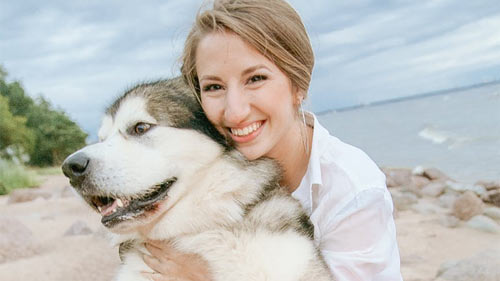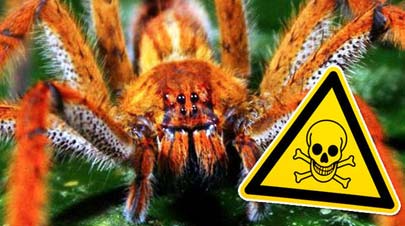
Have you ever wondered, what exactly is it that your dog sees? Or what colors can dogs see? Well, there’s good news as researchers have come to a step closer to knowing what a dog’s field of vision is.
Although scientists don’t yet know everything about a dog vision, we will cover what they have found out so far, and hopefully answer a few of your questions
The myth
The commonly perceived myth that dogs can only see in shades of black and white. The other common myth about a dog’s vision is that their general field of vision was poor, only seeing the outlines of shapes, has been going around for quite a while.
Do dogs see colors?
Scientists didn’t know exactly what colors a dog could see until recent findings have found that dogs have their own color spectrum.
Dogs have more rods in their retina than humans. Rods are extremely sensitive cells that allow for better hunting, seeing better movement in darker environments. Humans are trichromatic–three different cones in the retina, whereas dogs are dichromatic–two different cones in the retina.
Each cone registers different wavelengths of light. For example, a cone in a human’s retina would appear to us as the green and red colors that we can see. A dog, on the other hand, doesn’t have the same cone in its retina and therefore the same colors of green and red would appear to a dog as brown to grey shades.
What colors do dogs see?
Scientists believe that dogs have a similar color spectrum are the same as someone who has green & red color blindness.
The most dominant colors for dogs are blue and yellow and can put together different combinations of those colors. A dog would see a lot of brown and grey shades. For example, a brightly colored lawn would appear to dogs as a field of brown hay. A dog lying on a brightly colored sofa would appear as a shade of dark brown.
A recent study was carried out to find if dogs reacted/treated different colors. The dogs tested were trained to receive a treat once shown four shades of colors.
The colors introduced to the dogs were sheets of paper of dark yellow and light yellow, with dark blue and light blue. They then introduced new dark and light colors. The study shows that most of the dogs chose the original colors that were first introduced. It proved that dogs use color to differentiate rather than using brightness.
Colors of the rainbow
As humans, we can see the blue, green, purple, orange, yellow, and reds that a rainbow shows. Whereas the rainbow would appear to our dogs as different shades of blue, yellow, and grey.
How is color blindness defined?
Someone who is colorblind can’t differentiate between different colors. Being color blind results from an abnormality in the color-sensing receptors within the eye.
People can have two versions of color blindness. Red-green color blindness and blue-yellow color blindness. The version of color blindness will depend on how the sensing receptors are affected. For example, a person who has blue-green color blindness won’t be able to differentiate between the two colors.
Do our dogs need to see the same colors as us?
Although it seems strange to us dog owners that our dog’s vision of colors may seem a little grim. However, it’s important to put things into perspective, as our dogs require a stronger sense of smell, more so than seeing vibrant colors.
Introducing more color for dog
We can try to introduce a little more color into our dogs life, by using toys or balls that have a lot more contrast colors. Using toys that have a notable contrast of bright green or orange should make playing with your dog more enjoyable for your dog.




